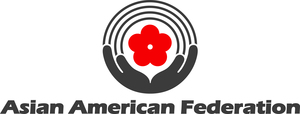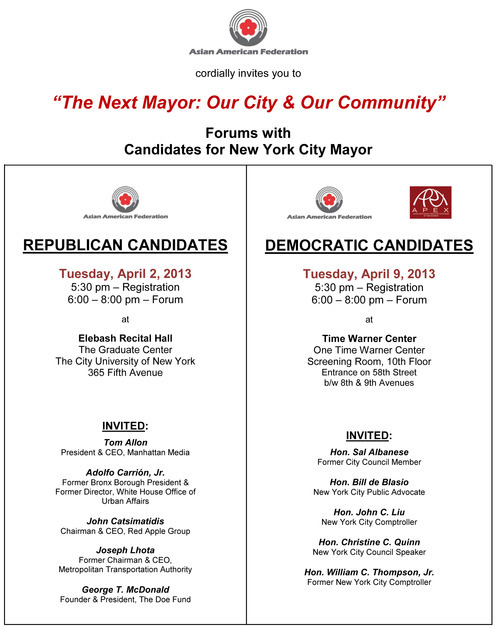June 25, 2012
The Asian American Federation appreciates the significant investment of the Pew Research Center in producing a major report, The Rise of Asian Americans. While we acknowledge the merits of this extensive report and its contribution to the public discourse on Asian Americans, we would like to express our disappointment and to point out the report’s serious shortcomings.
The portrait of Asian Americans as presented in the Pew report is glaringly incomplete and implicitly misleading. The Asian American experiences are much more complex, diverse, and of contrasts than what the report presents. Here are some cases in point:
· Both demographic studies of the Asian American Center for Advancing Justice (A Community of Contrasts: Asian Americas in the United States in 2011) and the Asian American Federation (Asian Americans in New York City: A Decade of Dynamic Change 2000 – 2010) point to tremendous social and economic diversity among Asian Americans nationally and in New York City.
· Bangladeshi and Pakistani, two of the fastest growing Asian subgroups, as well as Cambodian and Hmong, who share similar immigration experiences as Vietnamese, do not fit the report’s portrait of Asian Americans. Nationally, the poverty rates of these subgroups range from 15% for Pakistani to 26% for Hmong. In New York City, two Asian subgroups have higher poverty rates than that of the overall city population of 19%: Bangladeshi (30%) and Pakistani (26%).
· Both nationally and in New York City, there has been a growing concern about poverty among Asian American seniors. Nationally, seniors of seven Asian subgroups experience significant poverty, and they are Korean (21%), Hmong (20%), Laotian (19%), Cambodian (19%), Chinese (17%), Vietnamese (16%), and Bangladeshi (16%). In New York City, the Asian subgroups with seniors having higher poverty rates than that of the overall elderly population citywide were Korean (30%) and Chinese (30%).
· According to recent studies of the Economic Policy Institute, despite having higher educational levels, Asian Americans had the highest share of unemployed workers who were out of work for more than half a year when compared with white, black and Hispanic workers during and after the Great Recession (2007 – 2011). In addition, highly educated Asian Americans continued to have a higher overall unemployment rate than similarly educated whites.
· The Pew report states that “for the most part, today’s Asian Americans do not feel the sting of racial discrimination or the burden of culturally imposed ‘otherness’ that was so much a part of the experience of their predecessors who came in the 19th and early 20th centuries”. This statement is totally contrary to the well-documented racial profiling and discrimination that South Asian Americans, nationally and in New York City, have continued to feel and experience since the September 11th tragedy. In general, Asian Americans have continued to experience bias and discrimination in different forms, from being called “chinks” to mockery on television, to bullying in school, and to hazing in the military.
As an organization dedicated to the advancement of Asian Americans, we at the Asian American Federation certainly recognize many successes that Asian Americans have made as discussed in the Pew report. However, we also believe that a comprehensive narrative of the Asian American experiences should reflect certain critical challenges that the community still has to confront. Therefore, we hope that Pew will seek the insight of researchers and thought leaders with greater knowledge of Asian American experiences for any future studies.





